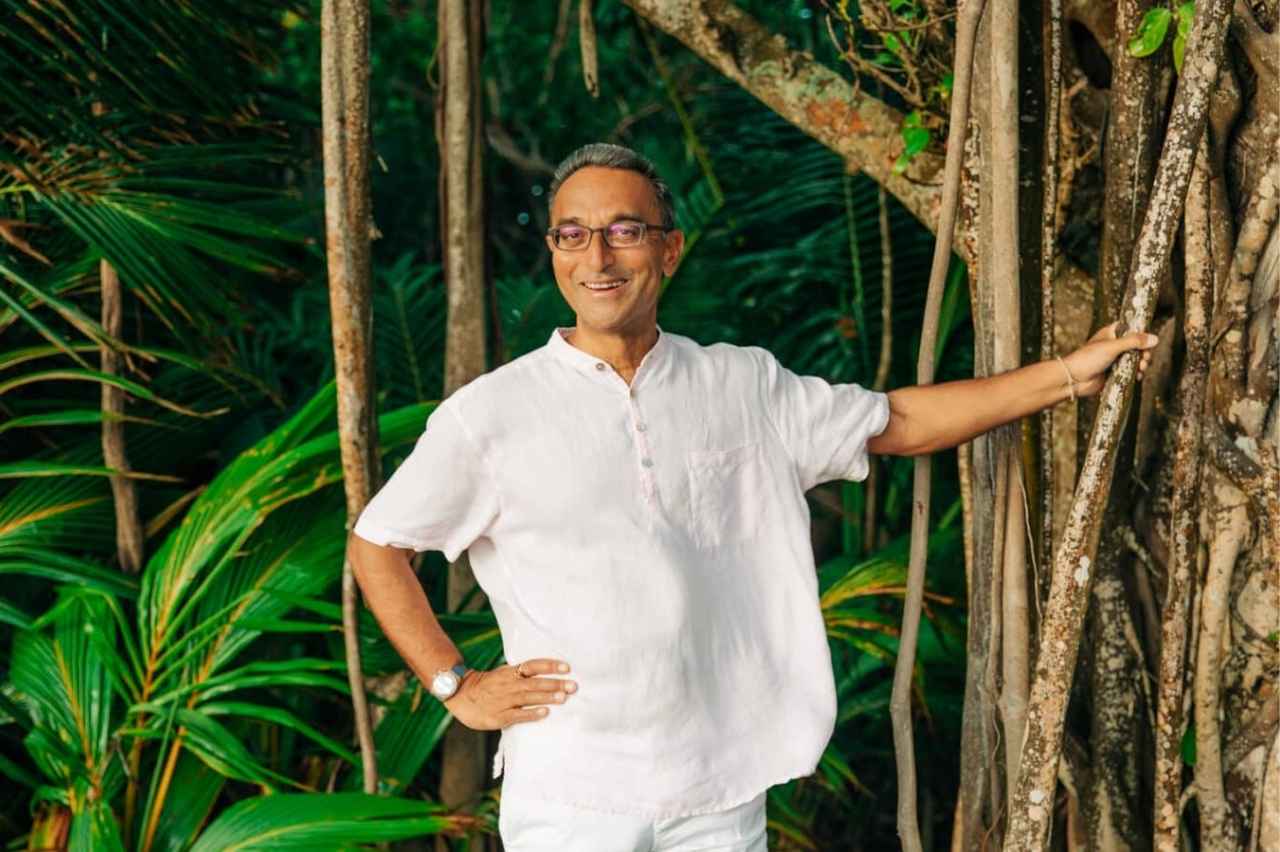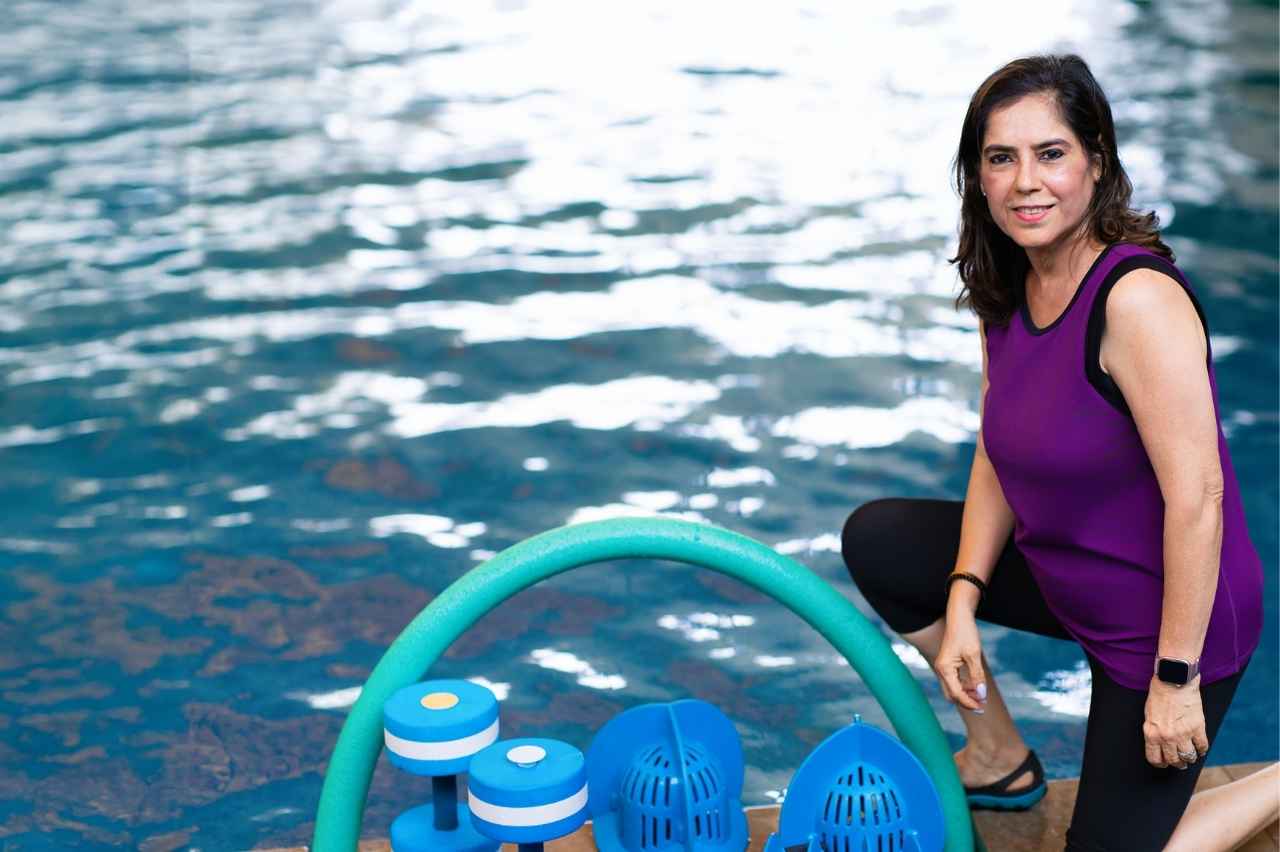Borders are open, resorts are opening their doors – It’s time to re-discover Maldives! On 15th July 2020, Maldives opened its borders to international visitors, 110 days after closing the borders as a precautionary measure against the spread of COVID-19. The government made the decision to reopen the borders, fully confident in the safety measures and preparations in place to ensure the protection of all visitors and people working in the tourism sector, including those in the resorts.
The Maldives is an archipelago of dispersed coral islands which provides for natural isolation. The signature “one-island-one-resort” concept means that visitors to the country are based in their respective resorts. Together, these unique arrangements make it easier for visitors to maintain social distancing, whilst enjoying a truly safe and isolated holiday. Moreover, all resort facilities operating in this phase have been regulated to ensure that they are in line with the COVID-19 tourism guidelines to guarantee the safety of tourists throughout their stay in the country.
COVID-19 facilities with testing, isolation, and hospitalization capabilities have been established in six regions across the Maldives. Response measures, guidelines, and protocols have been prepared and put in place, on par with international standards and requirements.
The COVID-19 cases are predominantly based in the capital city of Male’. The population of the Maldives is 557,000, whereas this number includes an estimate of Maldives’ large resident population of undocumented expatriate workers. Over 227,000 live in the Greater Male’ Area alone. The population density in Male’ City is vastly higher than any of the other islands in the country. It is, therefore, important that the country’s COVID-19 risk status be assessed in light of this population density in the urban areas and the geographical dispersal of the cases in the country.
From April to July, the Maldives managed to contain cases within the first few weeks of the outbreak through swift and stringent measures. A gradual easing of measures was introduced in July to allow economic activity to resume. Similar to other countries, the easing of measures in Male’ has led to a rise in the number of cases, but strict inter-island travel restrictions remain in order to limit the spread of the virus to other islands.
Guesthouse tourism which was due to resume in August has also been delayed as an extra precaution. As a result of a resurgence in cases in Male’, additional restrictions have been implemented in the capital city and on travel from Male’ to other islands. Out of the remaining 188 inhabited islands, just 9 islands have active cases, with an average of one case in each of those islands. Presently, a select number of resorts and liveaboards are open for tourism.
Tourism is the backbone of the Maldives’ economy and accounts for a majority share of employment for the Maldivian labor force. The industry’s roots have spread to the very heart of the island homes of the Maldives. Tourism also contributes to over a quarter of the country’s GDP and is the source of over two-thirds of the country’s foreign currency income.
COVID-19 has had an immense impact on the socio-economic lives of Maldivians and all those associated with its tourism industry. Any sudden changes to the Maldives’ risk level has a significant impact on the industry’s ability to attract visitors and therefore, the rest of the economy.
Tourists have always chosen to visit the Maldives because of the confidence they have in receiving what they dreamt of; the privacy that the country provides to every tourist in the resort, untouched natural beauty, and trusted personalized services provided in the resorts. The COVID-19 tourism regulations and the geographical dispersal of cases in the country, in addition to the naturally isolated environments provided by our islands, are what we believe make Maldives the ideal COVID-19 safe holiday destination.








